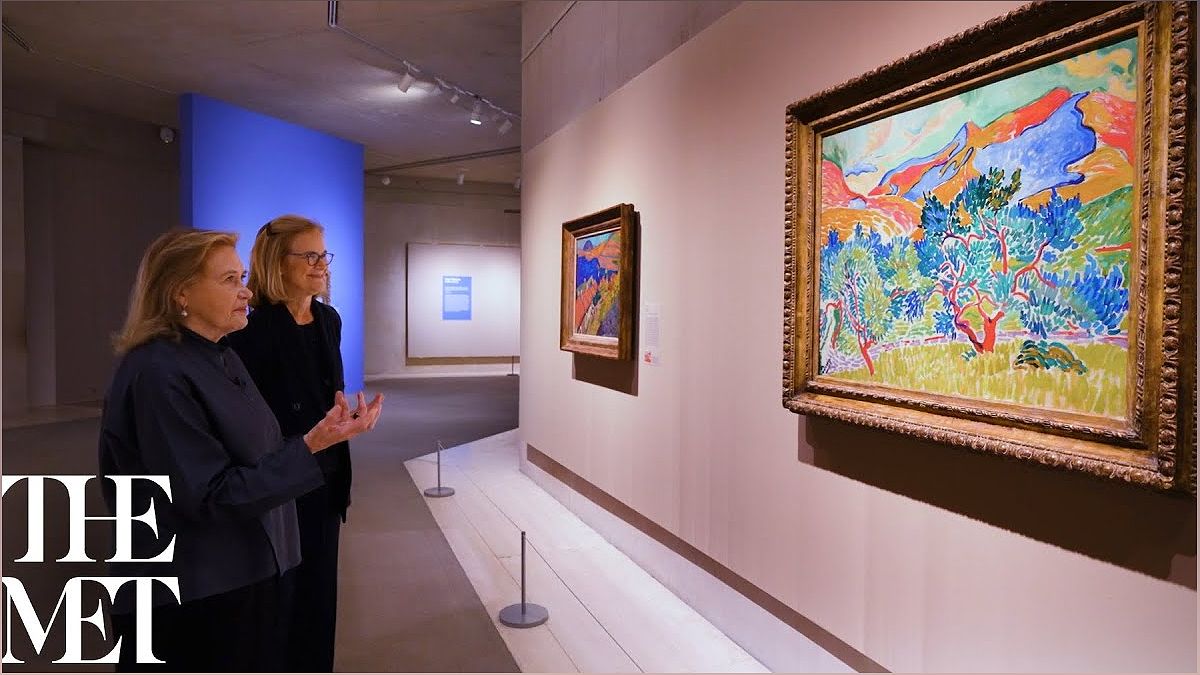Welcome to a virtual exploration of Vertigo of Color: Matisse, Derain, and the Origins of Fauvism. In this article, written by Jennifer Scott, a passionate and experienced content writer, we will delve into the captivating story of how Henri Matisse and André Derain revolutionized the art world with their daring experiments in color and form. Get ready to be immersed in the vibrant world of Fauvism and discover the lasting impact of that fateful summer in 1905. Let's embark on this artistic journey together!
The Birth of Fauvism in Collioure
Discover the transformative summer of 1905 in Collioure, where Henri Matisse and André Derain embarked on a partnership that would change the course of French painting.
In the summer of 1905, the picturesque fishing village of Collioure on the French Mediterranean became the birthplace of a revolutionary artistic movement. It was here that Henri Matisse and André Derain, two daring artists, joined forces to create a new language of art that would challenge traditional norms.
During their intense nine-week collaboration, Matisse and Derain pushed the boundaries of color, form, structure, and perspective. They sought to capture their sensations and emotions through vibrant hues and bold brushstrokes, rather than adhering to strict realism.
Their groundbreaking works, showcased in this exhibition, marked the introduction of Fauvism to the art world. The term 'les Fauves' or 'wild beasts' was coined by a French journalist who was both shocked and intrigued by their unconventional approach.
Exploring the Legacy of that Fateful Summer
Delve into the lasting impact of Matisse and Derain's partnership and the significance of their artworks in the development of early modernism.
The summer of 1905 in Collioure not only marked the birth of Fauvism but also set the stage for the future of modern art. The bold use of color and the rejection of traditional techniques by Matisse and Derain paved the way for artistic experimentation and innovation.
Through this exhibition, we have the opportunity to explore the legacy of that fateful summer. Sixty-five works on loan from prestigious museums and private collections allow us to witness the evolution of Matisse and Derain's styles and the profound impact they had on the art world.
Join us as we delve into the significance of their artistic partnership and the enduring influence of their works on subsequent generations of artists.
Radical Color Experiments and the Sensations of Nature
Immerse yourself in the daring color experiments of Matisse and Derain, where nature took on hues that reflected the artists' sensations and emotions.
Matisse and Derain's revolutionary approach to color captivated the art world. In their quest to express their inner sensations, they departed from traditional color palettes and instead infused their works with vibrant and unexpected hues.
Nature became a source of inspiration, but it was not depicted realistically. Instead, it was transformed into a kaleidoscope of colors that reflected the artists' emotions and perceptions.
By immersing ourselves in their paintings, we can experience the power of color to evoke emotions and challenge our understanding of the world around us.
Controversy and the Birth of a New Artistic Language
Uncover the controversy surrounding Matisse and Derain's debut at the Salon d'Automne in 1905 and the impact it had on the art world.
The Salon d'Automne in 1905 was a turning point in the history of art. It was here that Matisse and Derain unveiled their daring and unconventional works, shocking the art establishment and igniting a wave of controversy.
The vibrant and bold canvases of the 'les Fauves' stood in stark contrast to the traditional art of the time. Critics were divided, with some dismissing the works as chaotic and lacking skill, while others recognized the groundbreaking nature of their artistic language.
Despite the initial backlash, the impact of Fauvism on the art world cannot be denied. It opened the door to new possibilities, inspiring future generations of artists to explore the boundaries of color, form, and expression.

